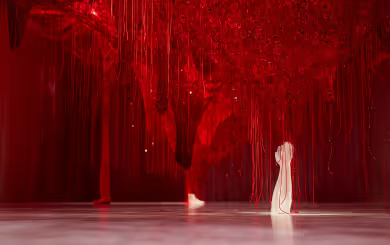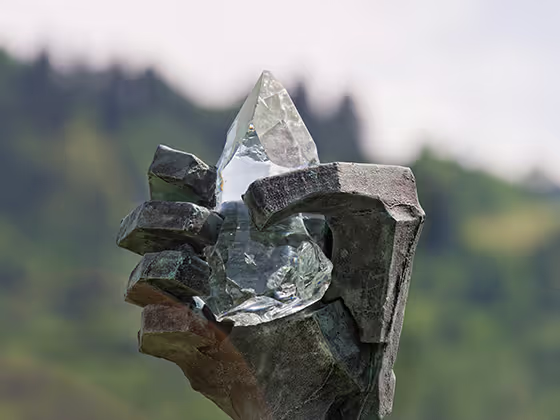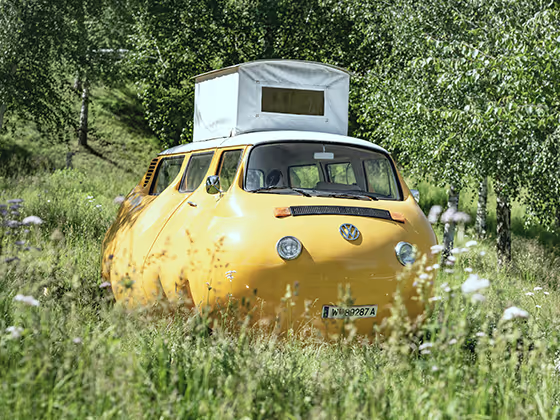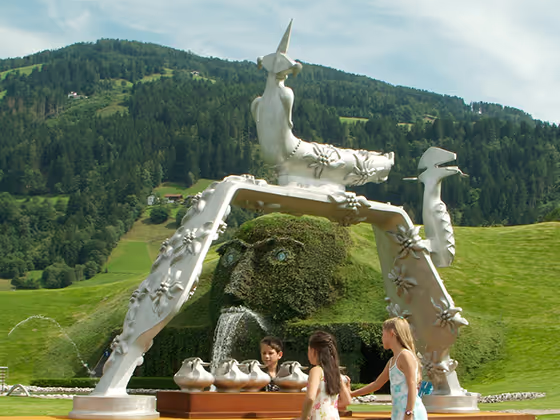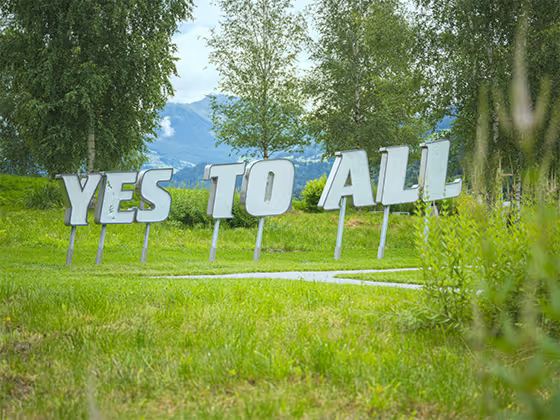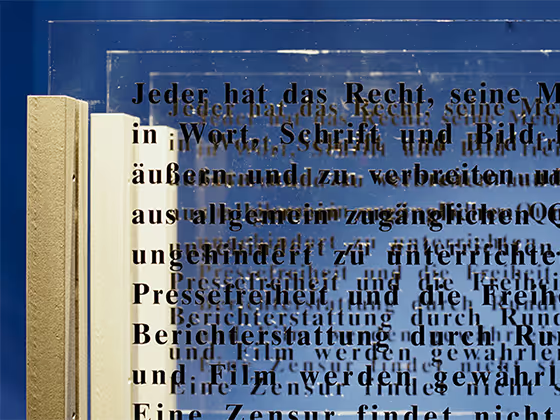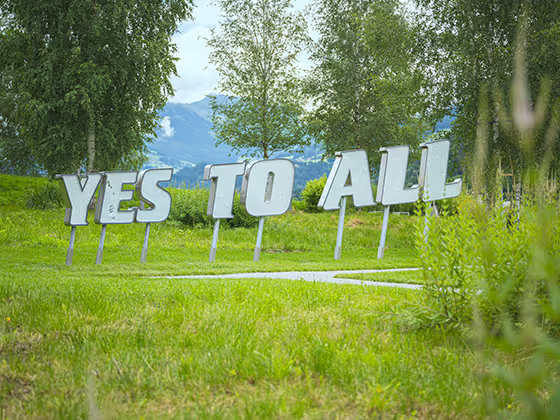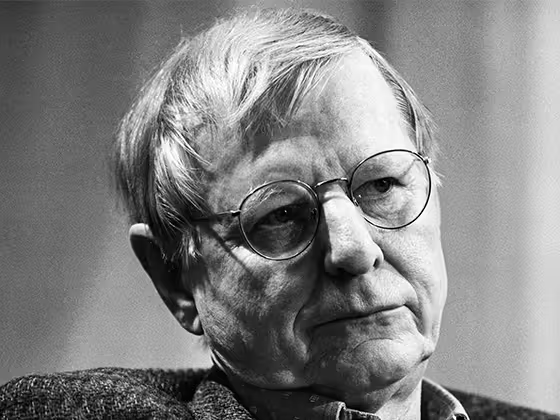The Park
.avif)

Open today 9:00 to 19:00
Get Tickets
The Giant’s delightful park blends contemporary art with ancient history. This unique space transforms crystal into a truly holistic experience. You’ll discover places of beauty and inspiration, of energy and exquisite craftsmanship, aesthetics – and legends.

Fat Bus by Erwin Wurm
Swarovski collaborated with internationally renowned artists, designers, and architects to design the expansive park that surrounds the Giant. Unique art installations and buildings are waiting to be discovered across the 7.5-hectare parkland.

Humility by Barry Flanagan
The heart of the park

Crystal Cloud &
Mirror Pool
Andy Cao and Xavier Perrot’s Crystal Cloud is the centerpiece in the park. This large-scale installation hovers above the black Mirror Pool. It invites guests to pause for a moment and take in the view.
The 1,400-square-meter masterpiece is the largest installation of its kind in the world. The Crystal Cloud is made of around 800,000 hand-applied Swarovski crystals.
Discover moreThe 1,400-square-meter masterpiece is the largest installation of its kind in the world. The Crystal Cloud is made of around 800,000 hand-applied Swarovski crystals.
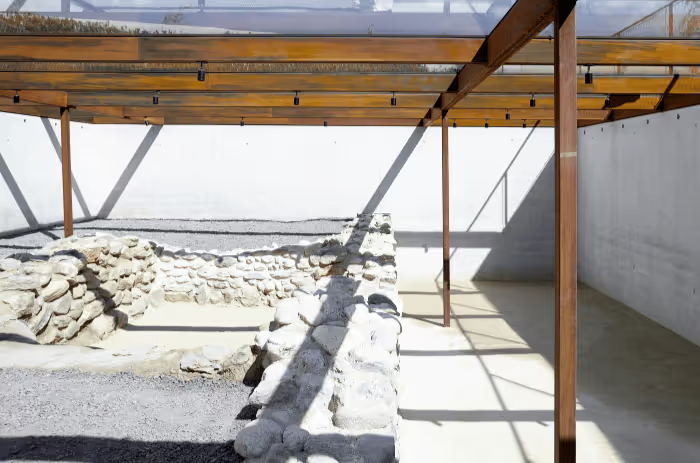
Roman Excavations
The Roman Excavations at Swarovski Kristallwelten enrich its history and open up a literal window to the past for our guests. Roman building remains dating back to the 3rd century AD were discovered alongside a collection of coins during reconstruction work that was taking place in 2014. Archaeologists have suggested that the fragments of the wall are part of a Roman manor or a small settlement that sat on the Roman road running through the Lower Inn Valley.

The foyer
Architects from s_o_s architekten designed the foyer at Swarovski Kristallwelten. It takes the form of a white forest, serving as a threshold to the garden and the Grand Plaza beyond. White birch tree trunks hold up the expansive concrete roof and adorn the walls and ceiling in the foyer. The roof provides a covered arrival area where guests can wait and find the welcome desks.
Artworks
Art in the park
The park at Swarovski Kristallwelten is home to the following installations and works of art created by renowned artists:
Artists
Discover all
→




.avif)
